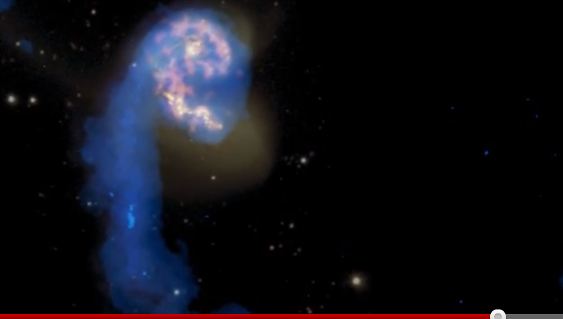

| Visitors Now: | |
| Total Visits: | |
| Total Stories: |

| Story Views | |
| Now: | |
| Last Hour: | |
| Last 24 Hours: | |
| Total: | |
Seeing the Universe in a Whole New Light With ALMA
Sunday, December 2, 2012 12:30
% of readers think this story is Fact. Add your two cents.
At first glance, the bone-dry landscape of the Atacama Desert in Chile might seem inhospitable. But, it’s prime real estate for astronomers. This desert is now home to the largest ground-based radio telescope in the world! The telescope is called the Atacama Large Millimeter/submillimeter Array or “ALMA for short. And, it’s allowing us to see the universe like we never have before.
ALMA will be a telescope made up of 66 antennas, at 16,500 feet, in the desert of Atacama, in Chile,” says Kartik Sheth, an astronomer with the National Radio Astronomy Observatory (NRAO) in Charlottesville, Va. With support from the National Science Foundation (NSF), Sheth is part of a team of astronomers putting this new array to work.
“Together, these telescopes work as a single telescope that can be as large as 10 miles in diameter. And, it will be 10 to 100 times more powerful than any existing telescope that we have,” says Sheth. From its perch in the high desert, ALMA sits above 40 percent of the earth’s atmosphere and virtually all the world’s water vapor.
ALMA is designed to peer into a slice of the electromagnetic spectrum at millimeter wavelengths; light that is closer to a radio wave than to the optical light that is seen by the human eye. Sheth says ALMA can detect hidden gases inside galaxies; gases that might hold the key to star and planetary formation. ALMA might even detect the building blocks of life.
2012-12-02 12:20:15
Source: http://nanopatentsandinnovations.blogspot.com/2012/12/with-alma.html
Source:



